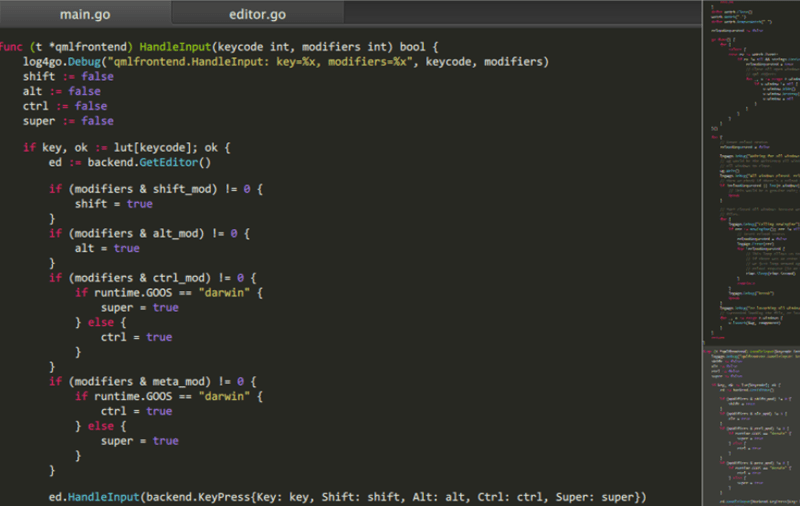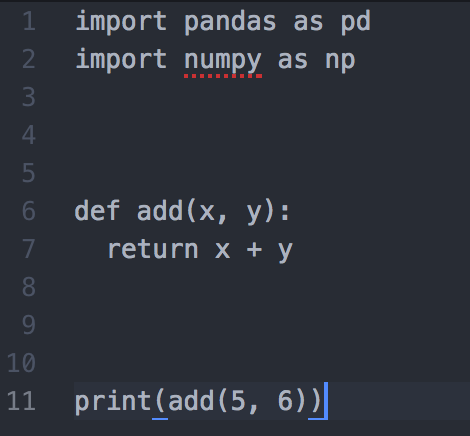
The -o option on this set command defines vi as the editor. The line set -o vi in this global Bash configuration file segment sets Vi as the default editor. # Set vi as the default editor for all apps that check this sh extension.Īlias vim= 'vim -c "colorscheme desert" ' For example, the Bash shell only reads the files with a. During the launch of a terminal session, each shell reads only the files intended for it based on the file name extensions. There are files for all the installed shells in the /etc/profile.d directory. I added a file named myBashConfig.sh to /etc/profile.d. In this second case, you can create your own configuration file and place it in the /etc/profile.d directory. I prefer to make these types of changes global, which basically means my personal account and root. You can use a local configuration file, such as /home/yourhomedirectory/.bashrc, which only changes the default for your user account and not for other users on the same system. There are a couple of ways to configure Bash. So many years ago, I switched the default editing style for Bash command-line editing from Emacs to Vim, which is much more comfortable for me. Although I have used Emacs, I definitely prefer Vim.
Best command line text editor linux free#

In fact, the Pico editor was written explicitly for use in the Pine email client, which is the predecessor to Alpine. The two examples that affected me the most were Bash command-line editing, which defaults to Emacs, and the Alpine text-mode email client, which defaults to the Pico editor. Some other tools allow users-like those with clear preferences-to link to their favorite editor. Many Linux tools use editors that emulate or just call Nano, Emacs, or Vim. However, the vi command is a link to vim. Many configuration files use Vi instead of Vim, and you can run the vi command. However, I find that Vim works best for me, and I use it so much that my Vim muscle memory causes me to attempt to use its command keystrokes even with other editors. I have tried other editors, and they all do the job. I started using Vi when I learned Solaris in the early ‘90s because I was told that it would always be available on any system, which is true in my experience.

One of the most important tools I use is the Vim editor.

During that time, I have developed preferences for some tools that I use daily. I have used Linux for about 25 years and Unix for a few years before that.


 0 kommentar(er)
0 kommentar(er)
